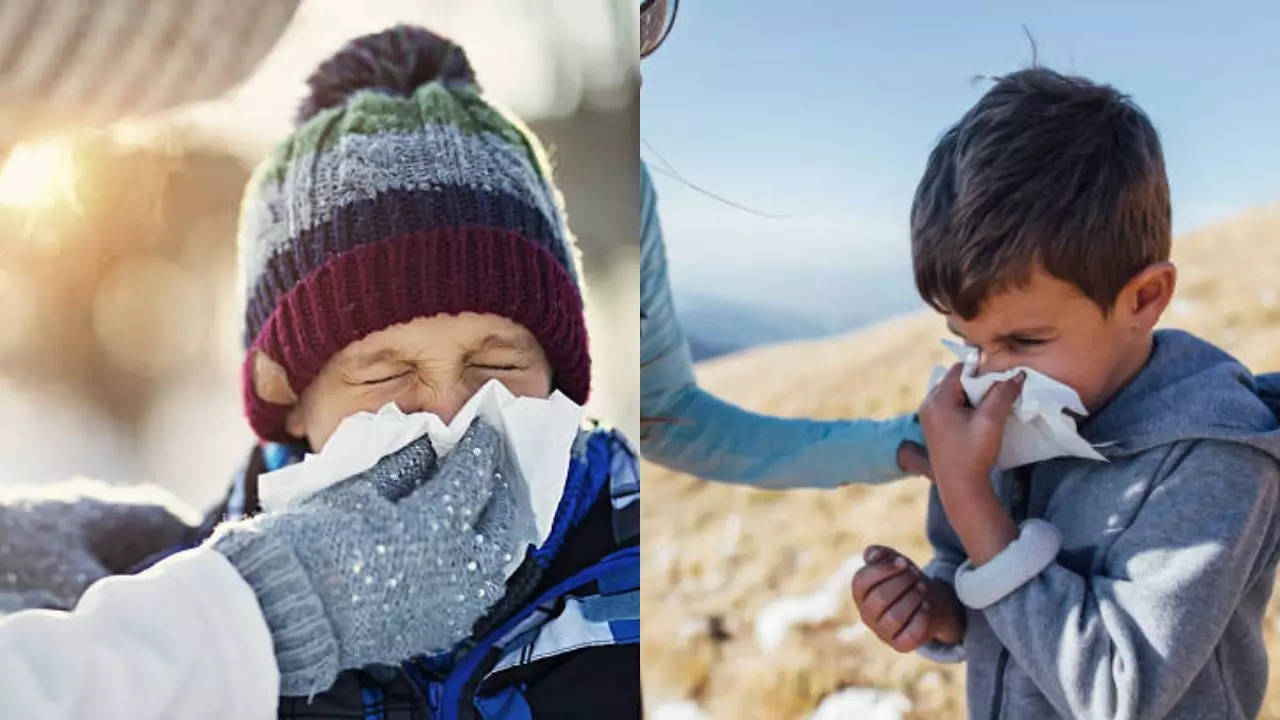There has been a significant spike in the cases of walking pneumonia - Mycoplasma pneumonia infection across the United States - especially among children, according to the Centers for Disease Control and Prevention. Even though doctors say walking pneumonia is a milder form of pneumonia, an estimated 2 million infections occur each year in the US. Walking pneumonia affects anyone but is most common in school-aged children, adolescents, and young adults.
According to experts, it is rarely diagnosed in preschool-aged children, who are much more likely to have viral lower respiratory tract infections, viral pneumonia, or classic bacterial pneumonia. Walking pneumonia spreads through respiratory droplets during close contact, similar to other respiratory infections. When an infected person coughs or sneezes, the bacteria in the droplets can be inhaled by others, causing infection.
Why are cases of walking pneumonia rising? Even though it is not clear why the cases of walking pneumonia are spiking, doctors say that children returning to school after holidays and adults resuming in-person work may all play a big role. Experts also believe that it is possible that with more testing being undertaken after COVID-19, there has been a rise in the number of recognized cases. According to studies, spikes happen every three to seven years, but it is hard to predict these spikes without a national surveillance system.
These surges typically begin in late summer or early fall. What are the .


















